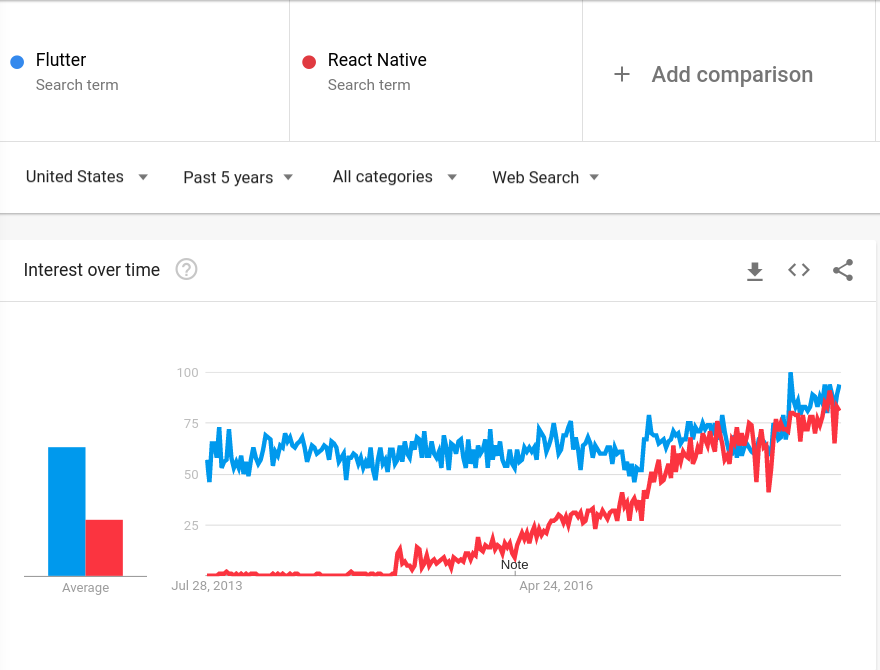

Launched by Google in 2017, Flutter began as a promising framework for cross-platform app development to alleviate some of the pain points developers faced with other existing frameworks. A Look Back: The Meteoric Rise of FlutterĪs a hands-on CTO working with Flutter since its early days in 2019, I have had the privilege of witnessing the framework’s incredible growth and evolution first-hand. Additionally, we spotlight HyperSense’s prowess in crafting superior Flutter applications for cross-platform app development, underscoring our extensive experience and the highly skilled in-house team that propels our success.

In this article, we delve into Flutter’s ascendancy in the realm of cross-platform app development, drawing comparisons with its closest competitor, React Native, and elaborating on the advantages of employing this framework in app development.
FLUTTER POPULARITY SOFTWARE
As a software development and consultancy company, HyperSense specializes in the design and development of Flutter mobile applications, delivering exceptional results on pivotal projects like Tinka and Trusted Carrier.Īs a software development and consultancy company, HyperSense specializes in designing and developing cross-platform mobile applications, having completed over 50 successful projects and boasting an in-house team of 15 experienced Flutter developers. React Native follows closely, with a score of 38%. According to a recent survey, Flutter has established itself as the most popular cross-platform mobile framework, with 42% of global developers choosing it as their go-to option. The world of cross-platform app development is continually advancing, with innovative technologies and frameworks like Flutter emerging to empower developers to create better, faster, and more efficient applications for multiple platforms.


 0 kommentar(er)
0 kommentar(er)
